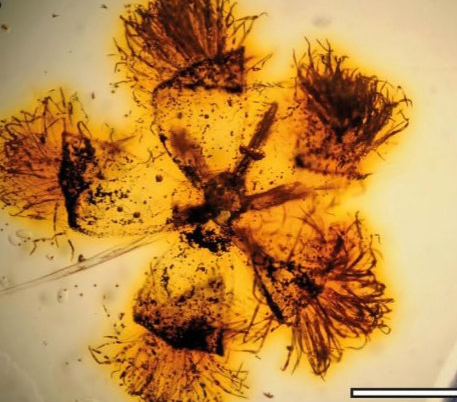
In 2021, flowering plants, aka angiosperms, make up about four-fifths of the green plants on the planet. However, for billions of years, angiosperms did not exist at all. That’s mind-blowing, right? As that may be, it’s also true. Good news is that biologists have finally been able to fully chart the rapid rise of flowering plants over the last 140 million years.
A newly published ‘time tree’ of flowering plants shows in detail how this massive botanical upheaval came about, resulting in the about 300,000 or so known species that are currently growing around us. To come up with the timeline, researchers assembled the largest ever collection of angiosperm fossil records (about 238 in total). These records dated back through hundreds of years of data. These documents also had to be translated from a variety of different languages so it took some doing.
Evolutionary Biologist, Herve Sauquet, of the University of South Wales says that, “previous studies of this nature only used 30 to 60 fossil records. We wanted to increase this number significantly and set a higher standard for fossil calibration by documenting every part of the process.” This painstaking work has paid off obviously.
Besides amassing hundreds of fossil records, the team also compared their time tree with more than 16 million points of geographical data indicating which plants are flowering where. It’s by far the most comprehensive picture of these species that we’ve ever had. It answers a lot of questions about the timing, location and origins of plant evolution. Taking in 435 flowering plant families in all, the chart shows modern lineages starting to emerge around 100 million or 90 million years ago, before they diversified into modern-day flowering species around 66 million years ago. That difference is what biologists refer to as the ‘stem’ age of a species (when it originated) and its crown age (when it started to diversify into the species we know today.)
The researchers were able to note these time differences in their tree chart. They were also able to confirm the idea that angiosperms originated in tropical environments – even though the rainforests of today, which are dominated by flowering plants, only appeared relatively recently in Earth’s history. Susana Magallon from the National Autonomous University of Mexico says, “By estimating both the stem and crown ages for angiosperm families, we found a difference of 37 to 56 million years between family origins and the beginning of their diversification into the living species we see today. To put this into context, the average time lag corresponds to around a third of the entire duration of angiosperm evolution, which is at least 140 million years.”
Let’s put it another way – between the stem and crown ages of angiosperms, dinosaurs were roaming the Earth. While dinosaurs were alive, the world domination of flowering plants was delayed. It picked up speed after 66 million years ago. As a result, botanists and biologists consider angiosperms to be relatively late bloomers among plants. (Yes, pun intended)
Considering that flowering plants now represent the primary food source for most organisms on land, including human beings, the more we can understand about their origin and evolution, the better. One way this information helps is by figuring out how to best conserve angiosperms for the future if we want to continue to rely on them, which we basically do.
We hope you enjoyed this article and love bringing you new food for thought each and every week. We appreciate your continued support of our blog.











